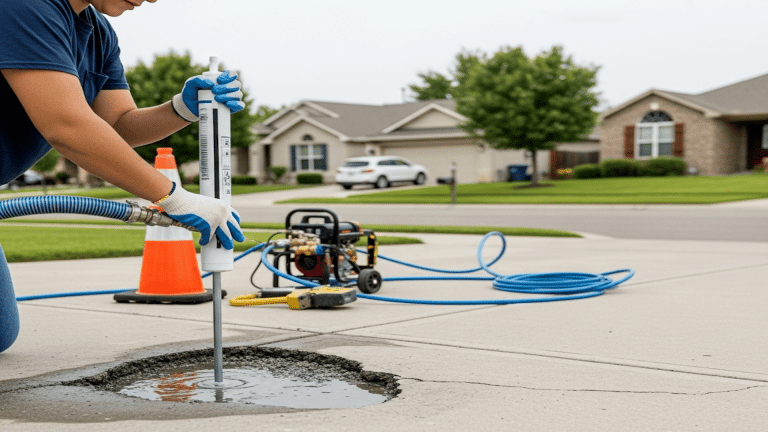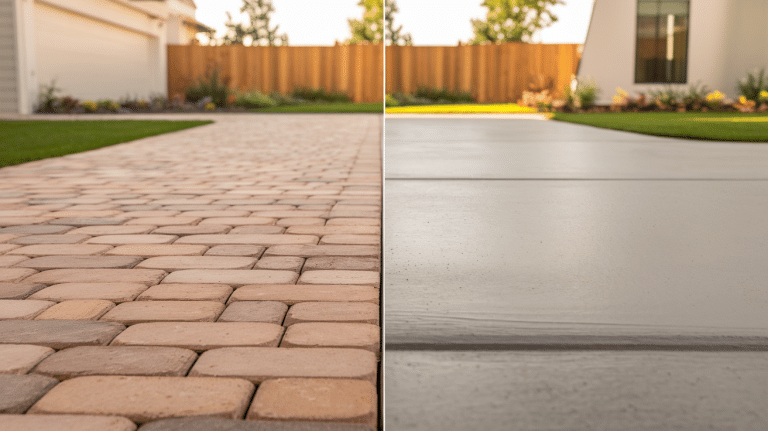How to Get Stickers Off Wood: Methods for a Clean Surface
Have you ever tried to remove a sticker from a wooden surface only to be left with a sticky mess?
Most people don’t know that the wrong removal method can damage wood, leaving marks or even ruining the finish. What sets successful sticker removal apart is using the right technique for your specific wooden item.
By learning simple household methods, you can take off those stubborn stickers without harming your wooden furniture, floors, or decorations. The results will make your wood look clean and fresh again.
In this guide, we’ll show you tested methods to remove stickers from wood completely. You’ll learn which items in your home can help, how to apply them correctly, and tips to protect your wood during the process.
Why Stickers Are Hard to Remove?
Stickers stick to wood because of their adhesive backing. These adhesives contain chemicals that form bonds with the wood surface.
Some adhesives are water-based and form weaker bonds, while others use strong synthetic compounds that grip tightly to the wood fibers. The longer a sticker stays on wood, the stronger this bond becomes as the adhesive dries and hardens.
Wood has tiny pores that the adhesive can seep into, making the bond even stronger. This is why you can’t simply pull most stickers off in one clean motion.
The type of finish on your wood also matters – glossy surfaces might allow easier removal than raw or porous wood.
Common Issues
When you try to remove stickers from wood, several problems can occur:
- Sticky residue often remains behind after peeling off the main sticker. This happens because the adhesive splits, with part staying attached to the sticker and part clinging to the wood.
- Surface damage can happen if you use too much force or the wrong tools. Scratches, marks, or even color changes might appear on your wood.
- Sticker tearing occurs when the paper or vinyl part of the sticker is weaker than the adhesive bond. This leaves you with small pieces that are even harder to remove.
- Moisture damage is possible with some removal methods that use too much liquid, which can warp or stain wood.
Understanding these challenges helps you choose the right method for your specific situation and wood type.
Methods to Remove Stickers from Wood
Different methods work better for different types of stickers and wood. Try these tested techniques to get your wooden surfaces clean and sticker-free.
Method 1: Using Heat to Loosen Adhesive
Heat works well for most stickers by softening the sticky backing. This method is gentle on wood and uses tools most people have at home. The warm air makes the adhesive less sticky so you can peel it off more easily.
- Set your hairdryer to medium heat and hold it 4-6 inches from the sticker
- Move the airflow across the sticker for 30-45 seconds
- Test a corner of the sticker to see if it lifts easily
- Use a plastic card to lift the edge once the adhesive softens gently
- Peel slowly at an angle while continuing to apply heat as needed
Pro Tip: If the sticker starts to tear, apply more heat and try peeling from a different angle. The goal is to remove the entire sticker in one piece.
Method 2: Rubbing Alcohol or Vinegar
These household liquids break down adhesive bonds without harsh chemicals. They work by getting between the sticker and the wood, weakening the grip. Both options are cheap and found in most homes.
- Soak a cotton ball or soft cloth with rubbing alcohol or white vinegar
- Press it onto the sticker and hold for 1-2 minutes
- Gently rub in small circles to help the liquid penetrate
- When the sticker begins to loosen, peel it off slowly
- Wipe the area with a clean, damp cloth afterward to remove any residue
Pro Tip: For stubborn stickers, place the alcohol-soaked cloth over the sticker and cover with plastic wrap for 10 minutes to prevent evaporation.
Method 3: Commercial Adhesive Remover
Store-bought removers are made to dissolve sticky residue quickly. These products contain special solvents that break down adhesives with minimal effort. They work fast but need careful handling on wood.
- Test the product on a small, hidden area of wood first
- Apply a small amount to the sticker using a cloth or cotton swab
- Wait the time stated on the product instructions (usually 1-3 minutes)
- Gently scrape the sticker with a plastic card, working from the edges inward
- Clean the area with mild soap and water after removing the sticker
Pro Tip: Place a cloth under your work area as these products can drip and affect other surfaces.
Method 4: Solutions with Olive Oil or Peanut Butter
Oil-based household items can work wonders on sticky residue. The oils in these foods seep under the sticker and loosen the bond. This method takes longer but is very gentle on wood finishes.
- Spread a thin layer of olive oil or peanut butter over the entire sticker
- Let it sit for at least 1 hour (or overnight for stubborn stickers)
- Use a plastic card to scrape away the softened sticker gently
- Clean any oil residue with mild dish soap and a damp cloth
- Dry the wood thoroughly with a clean towel
Pro Tip: For vertical surfaces, use a thicker spread of peanut butter so it doesn’t drip, and cover with plastic wrap to keep it in place.
Aftercare for Your Wood Surface
Clean with mild soap solution: Mix a few drops of dish soap with warm water. Dip a soft cloth in the mixture, wring until damp, and gently wipe the area to remove any leftover residue or cleaning agents.
Dry thoroughly: Use a clean, dry cloth to remove all moisture from the wood surface. Water left on wood can cause spots, warping, or damage to the finish.
Apply wood conditioner: If the sticker removal process stripped oils from the wood, apply a small amount of furniture wax, lemon oil, or wood conditioner. This helps restore moisture and shine.
Buff gently: After applying conditioner, buff the surface with a soft, clean cloth using small circular motions until the product is fully absorbed and the wood glows.
Check for damage: Inspect the area where the sticker was removed. If you notice scratches or damaged finish, touch up with an appropriate wood repair product that matches your wood tone.
Common Mistakes When Removing Stickers
Using sharp metal tools like knives or razor blades that can scratch or gouge the wood surface.
Applying too much liquid to the wood can cause warping, staining, or damage to the finish.
Rushing the removal process instead of giving solvents or oils enough time to penetrate and loosen the adhesive properly.
Pulling stickers off too quickly often leaves behind more residue or tears the sticker into smaller pieces.
Using harsh chemicals without testing first on a hidden area of the wood.
Scrubbing too hard with abrasive materials can wear away the wood finish or create dull spots.
Skipping the aftercare step leaves the wood unprotected and potentially damaged from the removal process.
Conclusion
Removing stickers from wood doesn’t have to end with a sticky mess or damaged surfaces. With the right methods and a bit of patience, you can restore your wooden items to their clean, natural state.
The key is matching the right removal technique to your specific situation. Heat works well for fresh stickers, while oils and commercial products help with older, stubborn ones.
Remember to work slowly and gently to protect your wood. Always follow up with proper cleaning and conditioning to keep your wood healthy.
Next time you face a sticky situation, you’ll know exactly how to handle it. Your wooden furniture, floors, and decorations will thank you for the careful attention.
Have you tried any of these methods? Which one worked best for your sticker situation?











